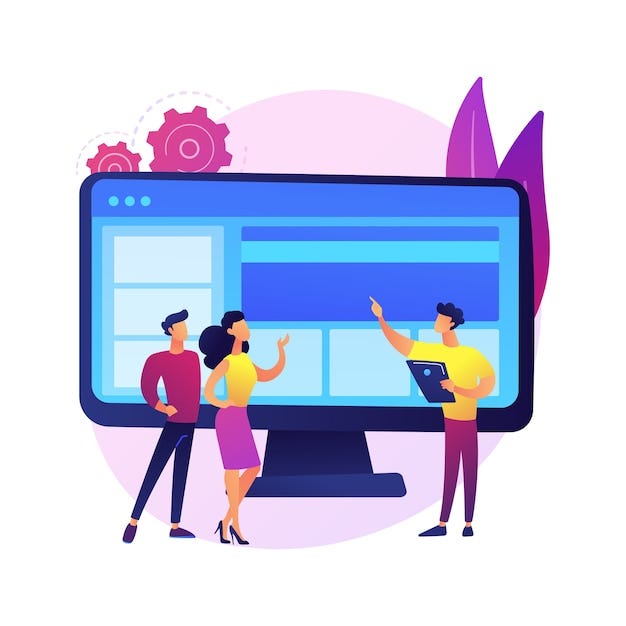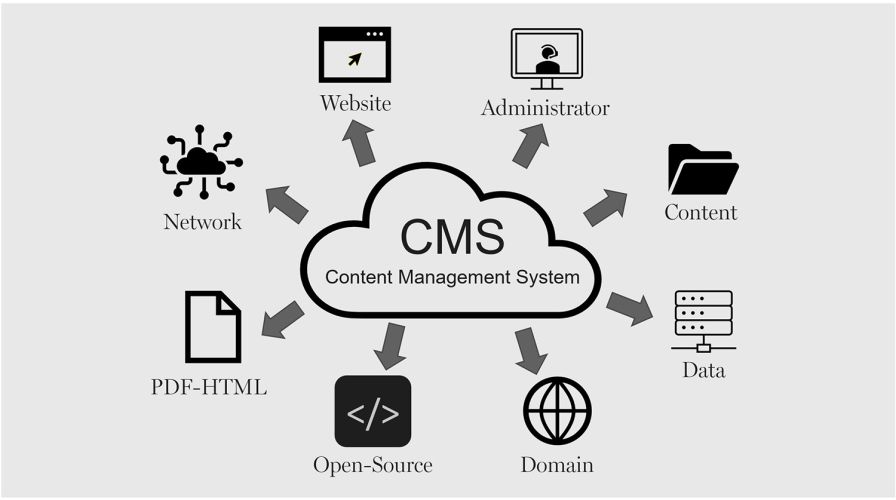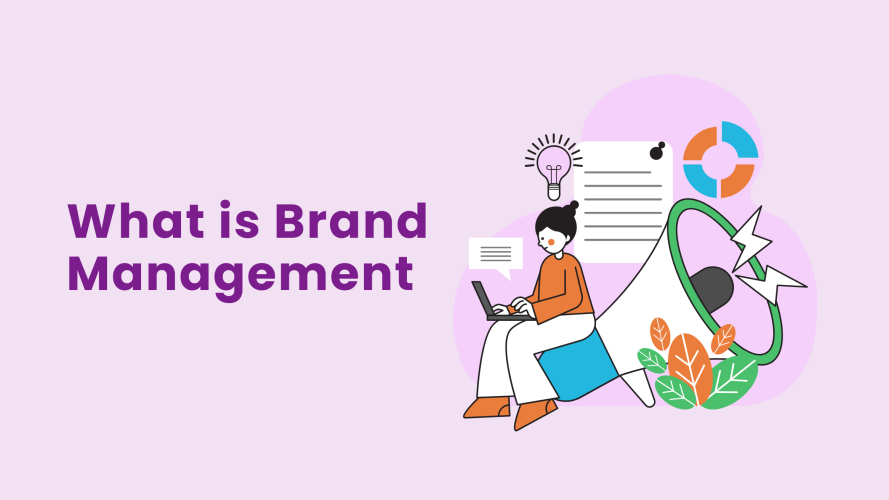Introduction
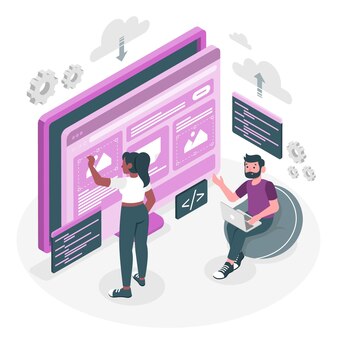
Imagine walking into your favorite store and being greeted by name. The salesperson instantly knows your preferences and directs you to exactly what you’re looking for, maybe even suggesting something new you’d love based on your past purchases. That’s the power of personalization, and it applies to websites too!
Website personalization is all about creating unique experiences for each visitor. It’s like having a virtual salesperson who tailors the website to your specific needs and interests. This can involve:
- Showing relevant content: Imagine browsing a sports website and seeing articles about your favorite team right off the bat. Personalization uses data on your browsing habits or past purchases to highlight content you’d likely enjoy.
- Personalized recommendations: Ever been shopping online and seen suggestions for products similar to what you’ve looked at? That’s personalization at work, guiding you towards things you might be interested in buying.
- Dynamic offers and discounts: Websites can personalize offers based on your location or purchase history. Imagine seeing a special discount for new customers or a loyalty program perk.
Types of Website Personalization
When you visit a website, have you ever noticed images or product recommendations that seem eerily relevant to your interests? That’s the power of website personalization in action. It’s about creating a unique and valuable experience for each visitor by anticipating their needs.
Here’s are types of website personalization:
- Visual Twists: Websites can display targeted images or videos that resonate with your interests. Imagine browsing a clothing store and seeing styles you’ve previously looked at online.
- Recommendations on Point: Personalized product recommendations take your browsing history into account, suggesting items you might genuinely be interested in.
- Streamlined Navigation: Websites can adjust how certain pages load or even customize layouts based on your browsing behavior. This can make finding what you need a breeze.
- Frictionless Forms: Ever filled out a checkout form and found typos in your pre-populated information? Personalization can ensure customer details are captured correctly, saving you time and frustration.
- Proactive Problem Solving: Websites can anticipate your questions and offer solutions before you even ask. This can be through chatbots or strategically placed FAQs.
Why is website personalization important?
Think of it this way: people don’t like generic experiences. Personalization makes visitors feel valued and understood, leading to:
- Increased engagement: Relevant content keeps visitors hooked and browsing for longer.
- Higher conversion rates: Personalized recommendations and offers can nudge visitors towards making a purchase or signing up for something.
- Improved customer satisfaction: When a website feels like it caters to you specifically, it creates a positive experience.
Benefits and drawbacks of website personalization
Pros:
- Boosts sales and conversions
- Enhances customer experience
- Builds stronger customer relationships
- Increases engagement and website traffic
Cons:
- Can be creepy if done poorly (Respect user privacy and don’t be too intrusive with data collection)
- Requires data and ongoing maintenance
- Can be complex to set up (Start simple and gradually personalize as you learn)
Business benefits of Website Personalization
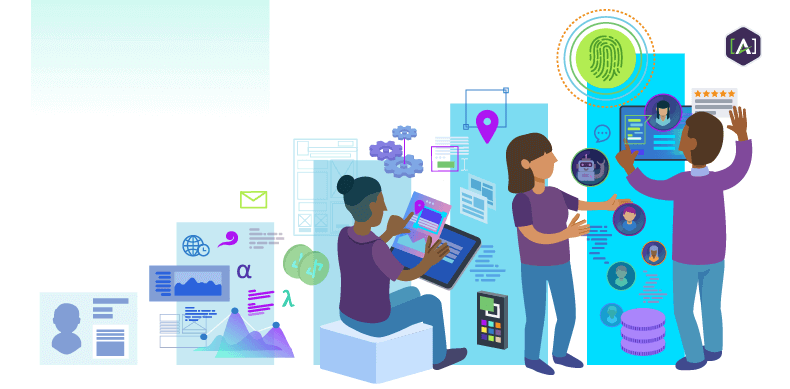
Website personalization isn’t just about happy customers; it’s good for business too. It can:
- Increase revenue by converting more visitors into paying customers.
- Reduce customer churn by keeping people engaged and coming back for more.
- Improve brand loyalty by providing a positive and personalized experience.
Remember, personalization doesn’t have to be scary or complicated. Start by collecting basic data like browsing behavior and location, and use it to offer relevant content and recommendations. As you get more comfortable, you can explore more advanced personalization techniques.
By providing a unique and tailored experience, website personalization can turn visitors into loyal fans and boost your business bottom line. By using these personalization techniques, websites go beyond a one-size-fits-all approach. They recognize you as an individual and tailor the experience accordingly. This makes you feel valued, leading to repeat visits and a higher chance of conversion.


